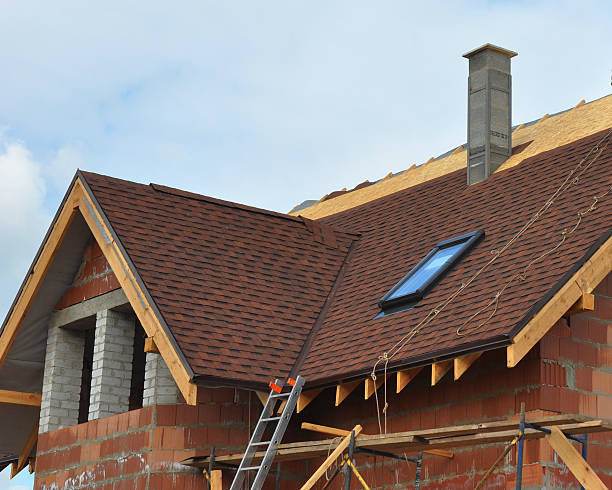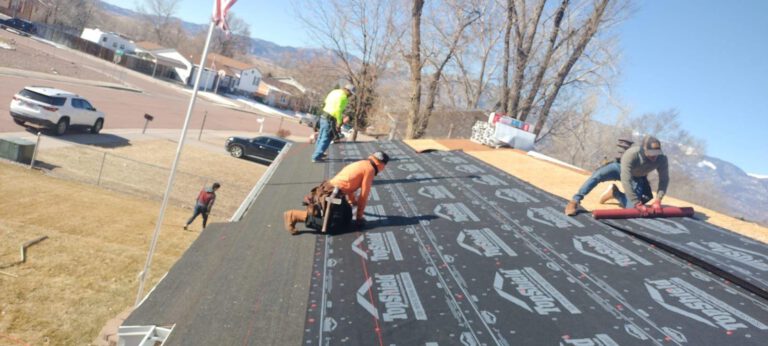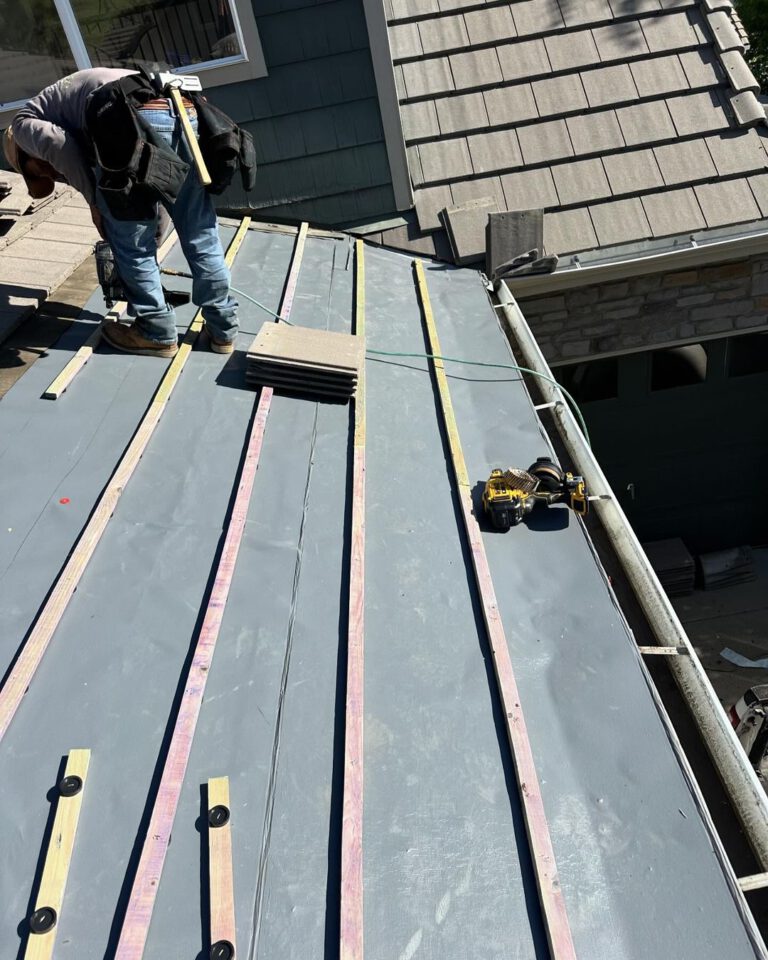Your roof replacement guide is essential for ensuring your home remains protected from the elements while maintaining its structural integrity. Over time, factors such as age, weather conditions, and material wear contribute to roof deterioration, making replacement necessary. When the time comes for a roof replacement, choosing the right materials and hiring a professional roofing contractor will ensure a durable and long-lasting solution.
In this roof replacement guide, we will cover the importance of replacing your roof, key signs that indicate it’s time for a new roof, important factors to consider when selecting a replacement, the roof replacement process, and essential maintenance tips to extend the lifespan of your new roof.
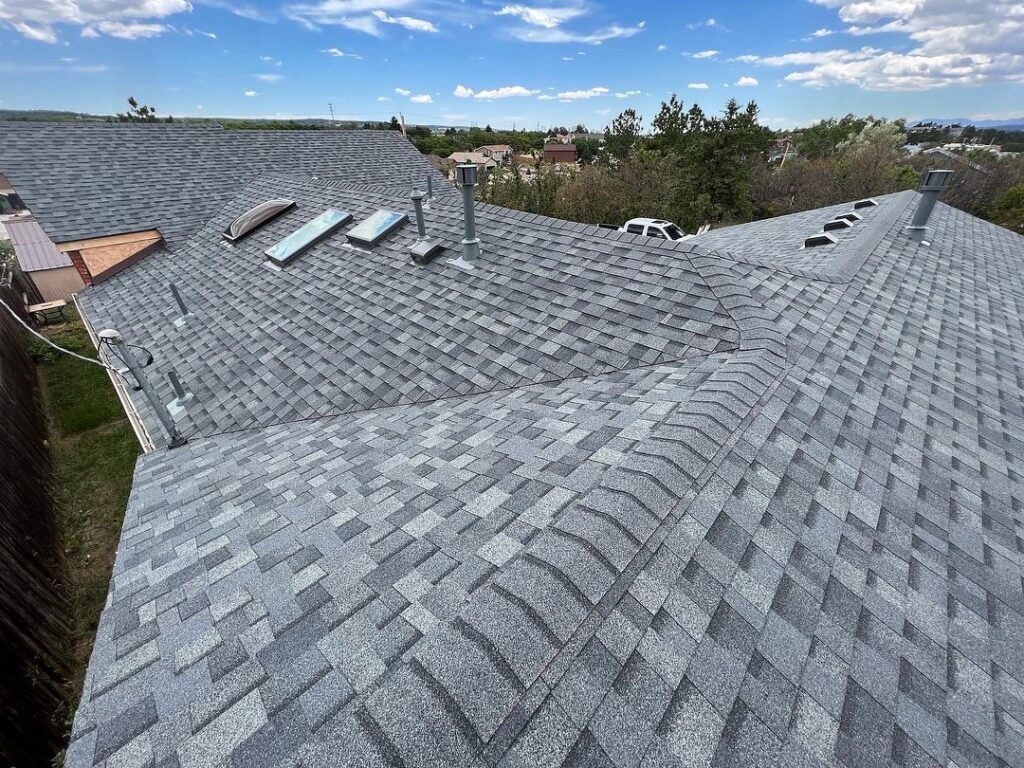
Importance of Roof Replacement
Protecting Your Home’s Structure – Why a Roof Replacement Guide Matters
One of the primary reasons for roof replacement is to safeguard the underlying structure of your home. A deteriorating roof can allow water to seep in, leading to structural damage, rot, and mold growth. By replacing your roof, you can prevent these issues and ensure the integrity of your home remains intact.
Enhancing Energy Efficiency with a Roof Replacement Guide
An old or damaged roof can contribute to energy loss. Leaks and poor insulation make it harder to regulate the temperature inside your home, leading to higher energy bills. Opting for an energy-efficient roof replacement can help improve insulation and reduce energy consumption, making your home more eco-friendly and cost-effective in the long run.
Improving Curb Appeal – A Key Benefit of This Roof Replacement Guide
The roof is a prominent feature of your home’s exterior, and its appearance significantly impacts the overall aesthetics. A worn-out roof with missing or damaged shingles can make your home look neglected and reduce its curb appeal. A roof replacement allows you to choose modern materials and designs that complement your home’s style, enhancing its visual appeal and increasing its value.
Signs You Need a New Roof – Insights from a Roof Replacement Guide
It’s important to recognize the signs that indicate your roof is reaching the end of its lifespan. Being proactive and addressing these issues promptly can prevent further damage to your home. Here are some common signs of a failing roof:
Leaks and Water Damage
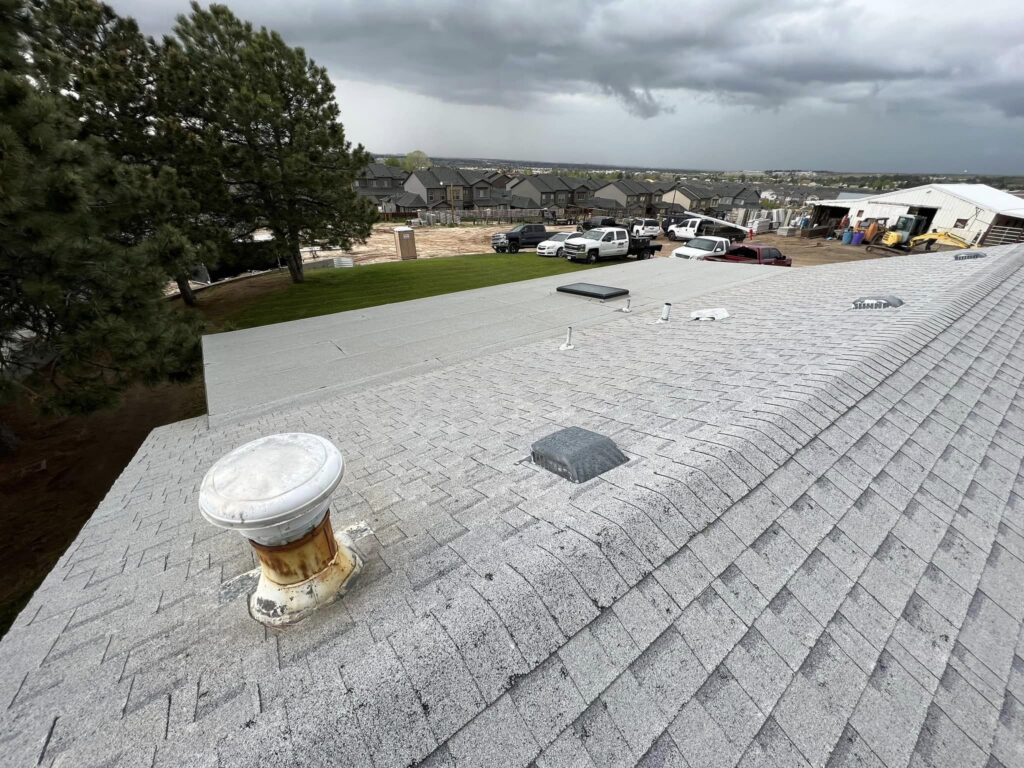
If you notice water stains on your ceilings or walls, it’s a clear indication of a leaky roof. Leaks can cause significant damage to your home’s interior, including rotting wood, mold growth, and compromised structural integrity. Addressing leaks promptly is crucial to prevent further damage.
Missing or Damaged Shingles – A Common Roof Replacement Indicator
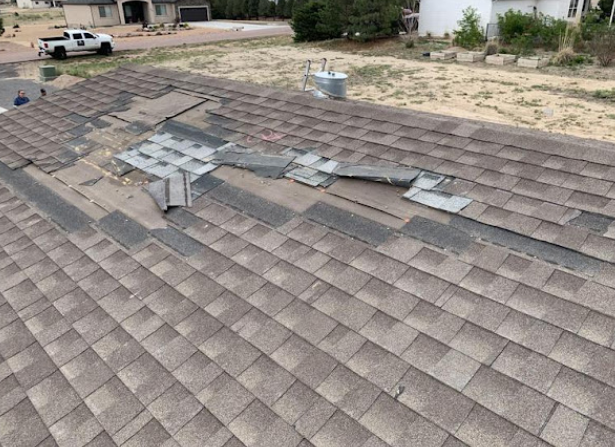
Shingles protect your roof from the elements. If you notice missing, cracked, or curling shingles, it’s a sign that your roof is aging and may require replacement. Damaged shingles are more susceptible to leaks and can compromise the overall functionality of your roof.
Sagging or Uneven Roofline
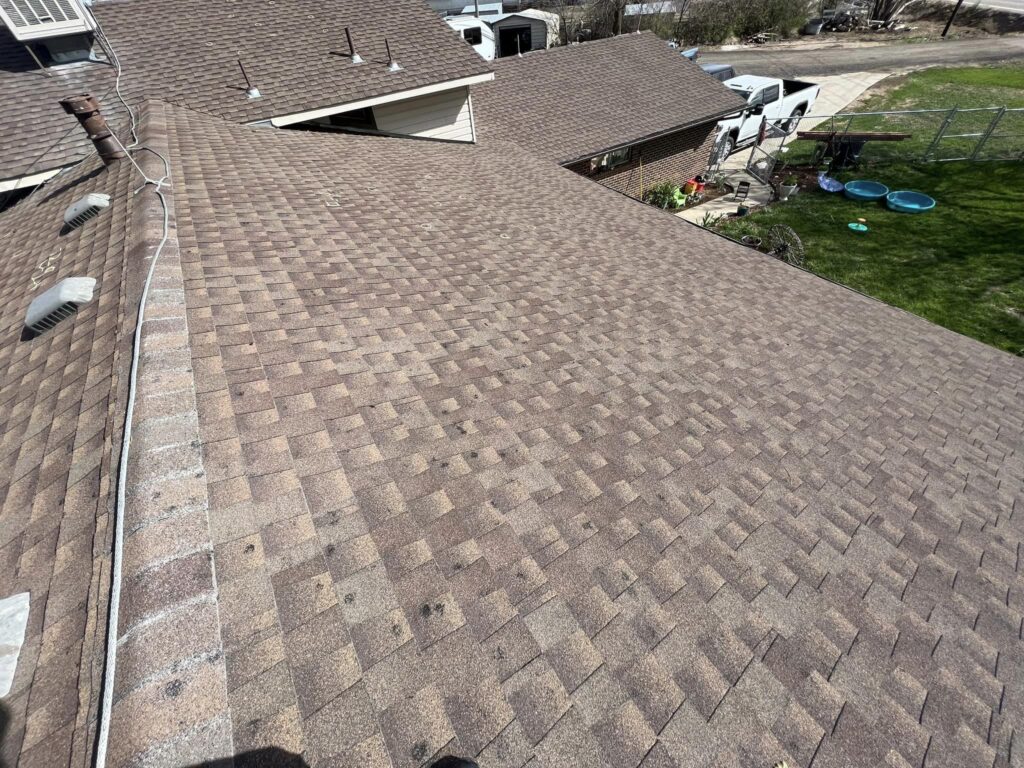
A sagging or uneven roofline is a serious structural issue that requires immediate attention. It can indicate underlying damage, such as rot or weakened supports. A sagging roof can be dangerous and poses a significant risk to your home’s integrity.
Factors to Consider when Selecting a Roof Replacement
When choosing a roof replacement, several factors need to be considered to ensure you make the right decision. These factors include material selection, durability, and longevity, cost, and budget, and climate and environmental factors.
Material Selection
Roofing materials vary in terms of durability, aesthetics, and cost. Common options include asphalt shingles, metal, clay, or concrete tiles, and wood shakes. Each material has its advantages and disadvantages, so it’s crucial to research and select one that suits your needs, preferences, and budget.
Durability and Longevity
The lifespan of a roof depends on the chosen materials and the quality of installation. Some materials, like metal and tile, have longer lifespans compared to asphalt shingles. Consider the durability and longevity of different roofing materials to ensure you select one that will withstand the local weather conditions and last for years to come.
Cost and Budget
Roof replacement is a significant investment, so it’s important to consider your budget and the overall cost of the project. Different roofing materials have varying costs, and additional factors such as the size and complexity of your roof can also impact the price. Obtain multiple written estimates from reputable contractors to compare prices and make an informed decision.
Climate and Environmental Factors
The climate and environmental conditions in your area should also influence your choice of roofing material. Consider factors such as wind resistance, fire resistance, and the ability to withstand extreme temperatures. Consulting with a professional roofing contractor can help you choose the most suitable material for your specific climate.
Hiring a Professional Roofing Contractor
Replacing a roof is a complex task that requires expertise and experience. Hiring a professional roofing contractor ensures that the job is done correctly and efficiently. Here are some essential considerations when selecting a roofing contractor:
Research and Recommendations
Start by researching local Roofing company Colorado Springs CO and reading customer reviews and ratings. Ask for recommendations from friends, family, or neighbors who have recently had their roofs replaced. A reputable contractor with positive reviews is more likely to deliver satisfactory results.
Checking Licenses and Insurance
Make sure the roofing contractor you select is authorized and covered by insurance. A current license proves that they comply with local laws and the relevant standards. Insurance protects both you and the contractor in case of accidents or property damage during the roof replacement process.
Evaluating Experience and Expertise
Experience plays a vital role in the quality of workmanship. Look for roofing contractors with several years of experience in the industry. They should have the knowledge and skills to handle different roofing materials and address any challenges that may arise during the replacement process.
Requesting Written Estimates
Obtain written estimates from multiple roofing contractors for an accurate assessment of the project’s cost. The estimates should include details about the materials, labor, warranties, and any additional charges. This allows you to compare the proposals and choose the contractor that offers the best value for your investment.
Roof Replacement Process
Once you have selected a roofing contractor, the Roof replacement Colorado Springs CO process typically follows these steps:
Inspection and Assessment
The roofing contractor will inspect your existing roof to assess its condition and identify any underlying issues. They will provide recommendations on the best course of action, including material options and potential repairs.
Removal of Old Roofing Material
The old roofing material, including shingles, underlayment, and flashing, will be removed carefully. This step ensures a clean surface for the installation of the new roof.
Installation of New Roof
After the old roof is removed, the roofing contractor will install the new roofing material according to the manufacturer’s guidelines. This includes laying down underlayment, applying shingles or other chosen materials, and installing flashing and ventilation systems.
Cleanup and Final Inspection
Once the new roof is installed, the contractor will clean up the work area, removing any debris or waste materials. A final inspection will be conducted to ensure the roof replacement meets quality standards and adheres to local building codes.
Maintaining Your New Roof
To maximize the lifespan of your new roof and keep it in optimal condition, regular maintenance is essential. Here are some maintenance tips:
Regular Inspections
Inspect your roof at least twice a year, preferably in spring and fall, to identify any potential issues. Look for damaged or missing shingles, signs of leaks, and any debris or vegetation that needs to be cleared.
Cleaning and Maintenance
Keep your roof clean by removing leaves, branches, and other debris that can accumulate over time. Trim overhanging tree branches to prevent them from scraping against the roof and causing damage. Avoid using pressure washers as they can dislodge shingles or cause water to seep under them.
Addressing Repairs Promptly
If you notice any signs of damage or leaks, address them promptly. Ignoring small issues can lead to more significant problems and costly repairs in the future. Contact a professional Roofing services Colorado Springs CO contractor to assess and fix any issues to maintain the integrity of your roof.
Selecting the right roof replacement is crucial for safeguarding your home and ensuring its long-term protection. By recognizing the signs of a failing roof, considering important factors when choosing a replacement, and hiring a professional roofing contractor, you can ensure a successful and durable roof replacement. Remember to maintain your new roof regularly to prolong its lifespan and enjoy a safe and comfortable home.
FAQs
How long does a roof replacement typically take?
The duration of a roof replacement depends on various factors, including the size and complexity of the roof, weather conditions, and the efficiency of the roofing contractor. On average, a roof replacement can take anywhere from a few days to a couple of weeks.
Can I install a new roof on top of the existing one?
In some cases, it is possible to install a new roof over the existing one, known as a roof overlay. This approach is not suitable for all situations. It’s best to consult with a professional roofing contractor to assess whether an overlay is a viable option for your specific roof.
What is the average lifespan of a roof?
A roof’s lifespan is influenced by a number of elements, including the material selected, the level of installation, the environment, and upkeep. Metal roofs can endure 40 to 70 years or longer than asphalt shingle roofs, which typically last 20 to 30 years.
How can I prevent roof damage during extreme weather conditions?
To protect your roof during extreme weather conditions, ensure it is properly maintained and inspected regularly. Trim overhanging tree branches, clean gutters, and downspouts, and reinforce weak areas. Consider installing impact-resistant materials and reinforcing your roof’s structural integrity.
What are the common roofing materials available?
Some common roofing materials include asphalt shingles, metal, clay or concrete tiles, and wood shakes. Each material has its unique characteristics in terms of durability, aesthetics, and cost. It’s important to choose a material that suits your specific needs, budget, and climate conditions.
For more details, contact us today! You can also visit us at https://www.raptorrr.com/roofers-in-colorado-springs/ for Colorado Springs and https://www.raptorrr.com/roofing-company-castle-rock-co/ Castle Rock areas.

